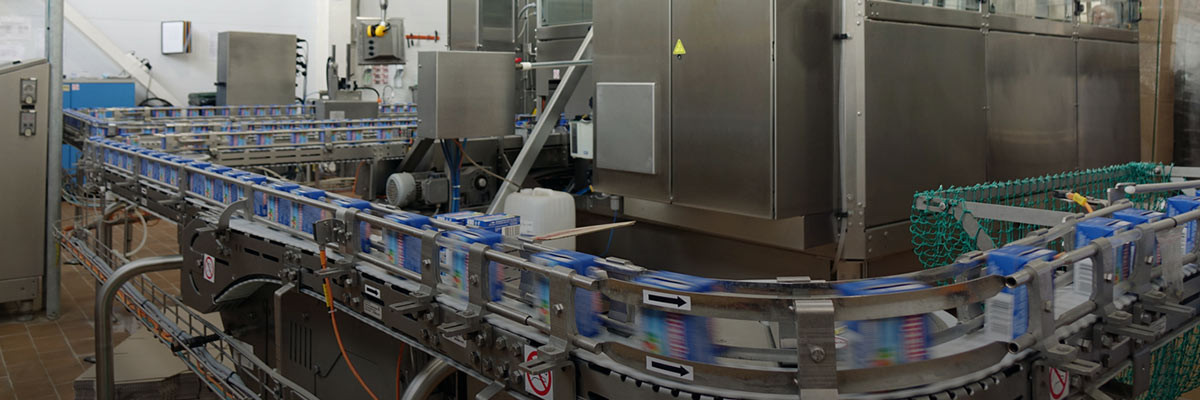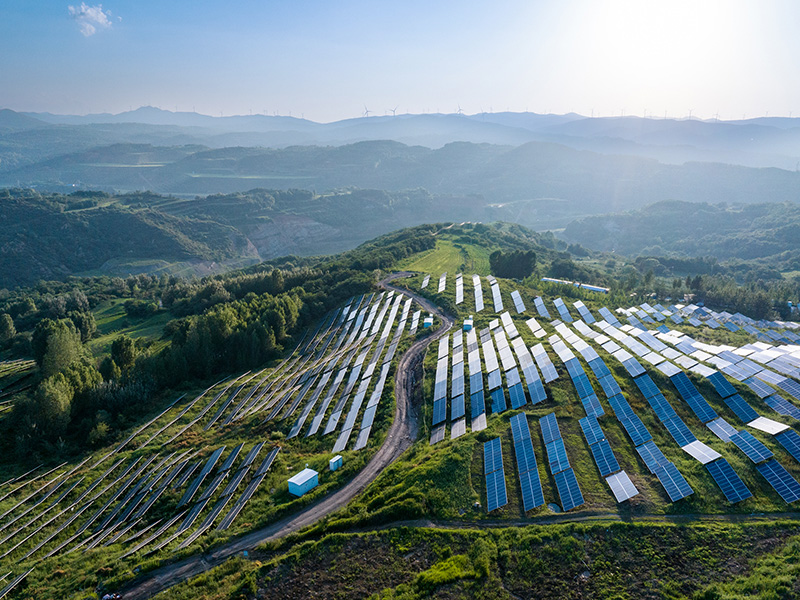
Authors
-
Thibault Gravier
Former Director, BSR
2020 began with companies making new commitments to sustainability, looking to do their part to achieve the SDGs and the goals of the Paris Agreement over the course of the Decisive Decade. Then, we found ourselves in the throes of the COVID-19 pandemic, government lockdowns, and the resulting economic downturn.
Over the past year, business learned the hard way how vulnerable it is to unexpected crisis, particularly with regard to global supply chains. COVID-19 provided a wake-up call to companies about how opaque the global supply chain is.
It is now clearer than ever that we need a global supply chain model that is more transparent, more resilient, more responsible, and more sustainable. This is no longer just a strategy for companies to consider—it has become a business imperative.
Unfortunately, there are no obvious and easy solutions available. The existing commodity market has been designed to provide high-quality goods, but it has the downside of price volatility and a lack of transparency. Companies will need to experiment with creative and innovative approaches in order to find an alternative way to maintain business growth while obtaining the necessary transparency and becoming more resilient. Here are three fundamental steps for improving supply chain sustainability:
1. Set Goals and Create an Operational Roadmap
Over the years, we have witnessed an increasing number of entities make ambitious commitments to sustainability. This includes commitments related to climate and the environment (such as Science Based Targets, Net Zero Targets, Zero Deforestation, 100% of Recycled Plastic, and Science Based Targets for Nature) as well as those related to human rights and worker well-being (such as no child labor, no forced labor, and living wage).
It is not only the big brands making such commitments: Entities across all tiers of the supply chain, including retailers and fast-moving consumer goods (FMCGs) to upstream producers as well as intermediary processors and traders, are making these commitments as well. And yet only a few organizations are providing clear operational roadmaps and implementation frameworks to achieve their specific commitments.
Achieving long-term targets requires deep understanding of the issues, needs, and constraints in specific supply chains and across multiple tiers, as well as the ability to translate this assessment into operational actions that companies can take individually and collectively.
An operational roadmap would demonstrate that commitments and policies are taken seriously, based on ambitious but achievable targets. The operational roadmap should include short-, mid-, and long-term milestones and targets, as well as a strong and transparent monitoring process and regular reporting.
Goal-setting and developing an operational roadmap will start a process of creating a sustainable supply chain strategy that will both lead to secure long-term economic value and ensuring positive outcomes for the environment and people. There is always potential for failure when experimenting with how to operationalize a plan to achieve your sustainability goals; however, it’s important to remember that this will help to obtain more clarity on what does not work at the current stage, why, and then figuring out what needs to be improved.
2. Drive Collective Action
The global supply chain is a complex network involving a lot of players, tiers, regions, and issues. All players involved have a role to play and a voice to raise, their own constraints to deal with, and potential to be part of the solution.
A single entity—company, supplier, or manufacturer—on its own cannot impose its vision on the overall network anymore. Approaches like supply chain risk assessments, materiality assessments, due diligence, and supplier ranking systems must be addressed collectively and not imposed by one single player—with its own vision and definitions—upon others in the value chain.
In the effort to create supply chain sustainability and transparency, companies should ensure a common understanding of the issues and constraints, as well as the potential solutions any player at any tier can bring. To address specific issues linked to specific, individual supply chains and to be efficient and successful, all players involved at all tiers need to speak a common language.
As an example, BSR’s supply chain collaboration Action for Sustainable Derivatives (ASD) is designed to bring together value chain actors facing similar challenges to collectively drive change across the palm derivative supply chain. As a collaborative effort, ASD members can use the combined leverage of their procurement influence and spend to create meaningful action. New collaboration models are one of the key success factors of supply chain sustainability and long-term business resilience.
3. Revamp the Business Model
For any company to successfully achieve its high-level sustainability commitments, be it Science Based Targets, no deforestation, or no forced labor, it must move away from the model of the traditional commodity market. This existing model allows for the trade of commodities globally at the most efficient price, but most of the time, it comes at the cost of resilience.
Indeed, this commodity market brings a lot of opacity to global supply chains. This trading approach, where companies are unable to see beyond Tier One suppliers, makes it nearly impossible to obtain transparency on all the players involved in the supply chain and all the sourcing regions and; as such, gain accurate understanding of the risks.
This is why a new business model for our global commodity market must be developed and promoted, one that remains market driven while being fair, more transparent, and can provide more resilience. We need a business model that will help to create progress to address the critical issues that global supply chains are exposed to. However, it’s important to note that this business model can only be proposed, developed, piloted, and scaled through a collaborative approach involving representatives from all tiers of the value chain, including upstream producers or extractors, intermediary processors, FMCGs, retailers, consumers, traders, and financial institutions.
BSR works with our member companies and stakeholders across all tiers of the supply chain to support the implementation of these three imperatives in order to achieve climate, environment, and social commitments as well as broader supply chain resilience. To learn more about our work on supply chain sustainability, transparency, and resilience, please reach out to connect with the team.
BSR’s latest sustainability insights and events straight to your inbox.
Topics
Let’s talk about how BSR can help you to transform your business and achieve your sustainability goals.







